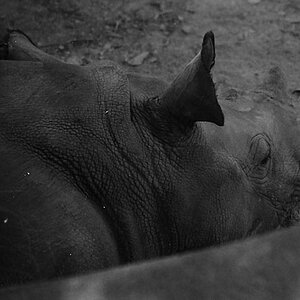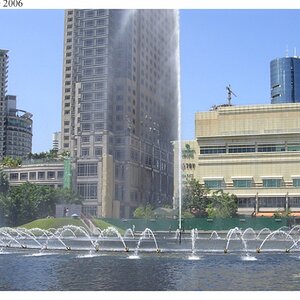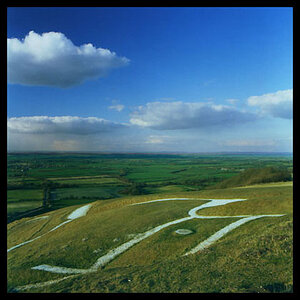warheit12
TPF Noob!
- Joined
- Feb 11, 2012
- Messages
- 29
- Reaction score
- 0
- Location
- Las Vegas
- Can others edit my Photos
- Photos OK to edit
So i didnt no where to ask this so i am going to go ahead and ask this here.
Lets assume you have cropped sensor camera with a 50mm f1.2 lens and a full frame camera 50mm f1.2 lens. you shoot the exact same shot with the two cameras(assume its iso 100 and aperture shutter and everything is the same.) is the sharpness going to be greater on the full frame camera?
My question is, does the sensor factor in when it comes to sharpness or does it all boil down to the lens?
Lets assume you have cropped sensor camera with a 50mm f1.2 lens and a full frame camera 50mm f1.2 lens. you shoot the exact same shot with the two cameras(assume its iso 100 and aperture shutter and everything is the same.) is the sharpness going to be greater on the full frame camera?
My question is, does the sensor factor in when it comes to sharpness or does it all boil down to the lens?


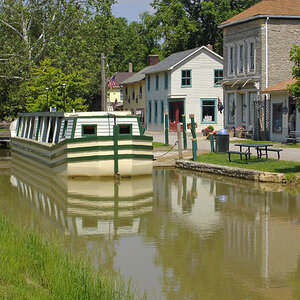
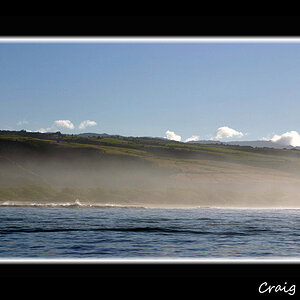
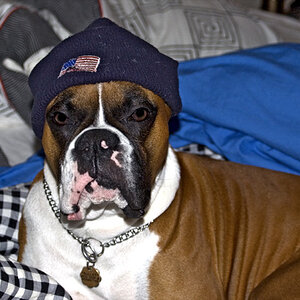
![[No title]](/data/xfmg/thumbnail/42/42397-30faa170de7ed9be38adf00b9b26a220.jpg?1619740167)
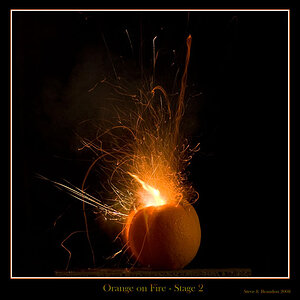
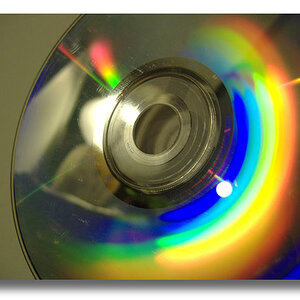
![[No title]](/data/xfmg/thumbnail/41/41755-a922f39cc29ff8f6e66a197508bf99f3.jpg?1619739881)
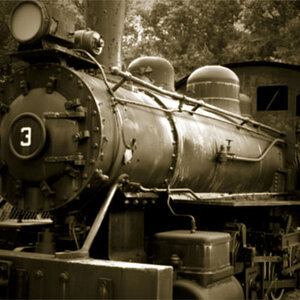
![[No title]](/data/xfmg/thumbnail/31/31749-6cf0f99d6bdedf47f7387c5b943fb717.jpg?1619734989)
